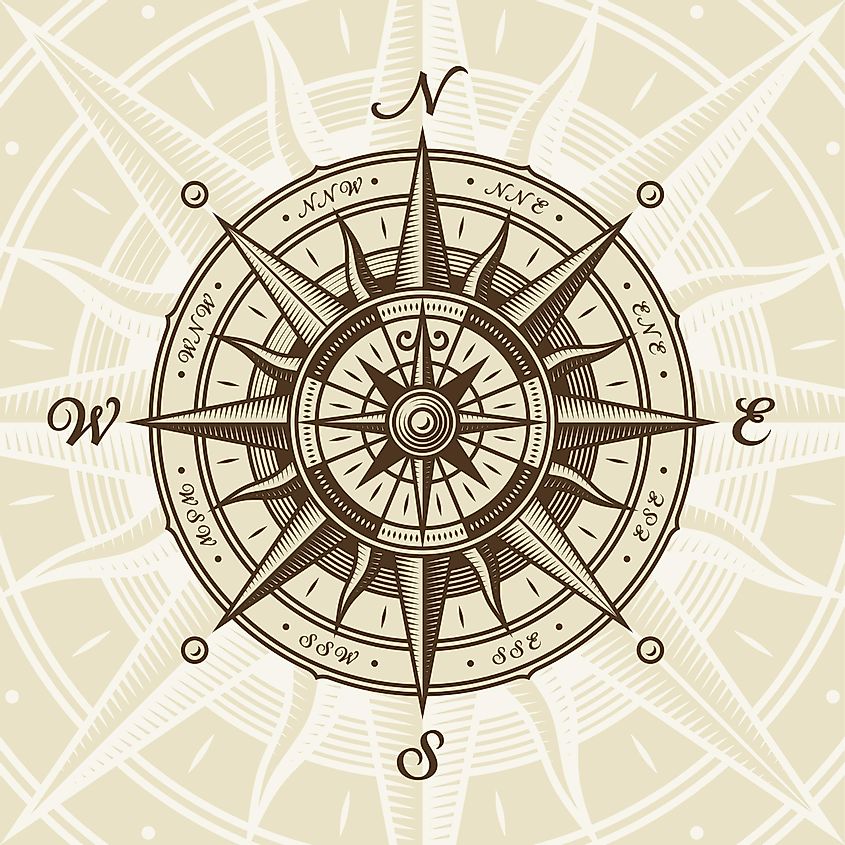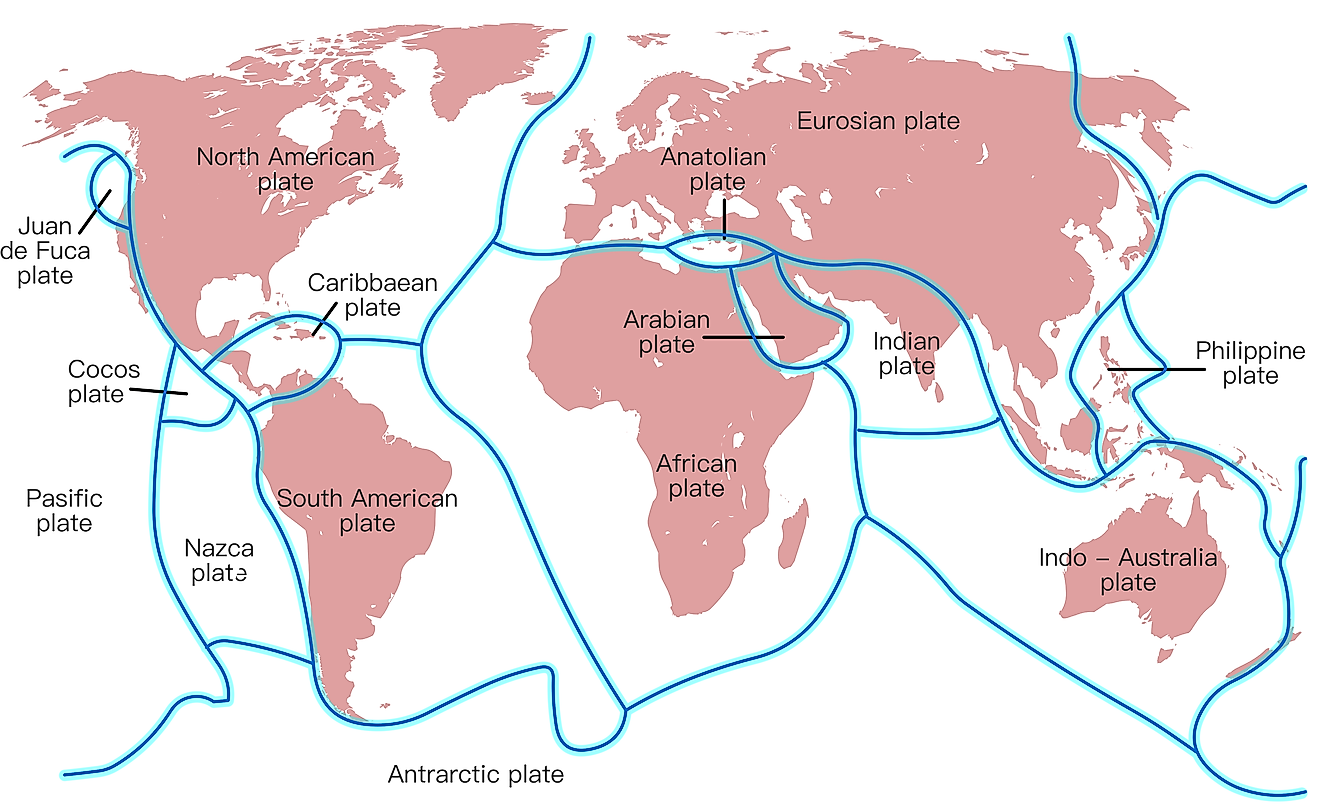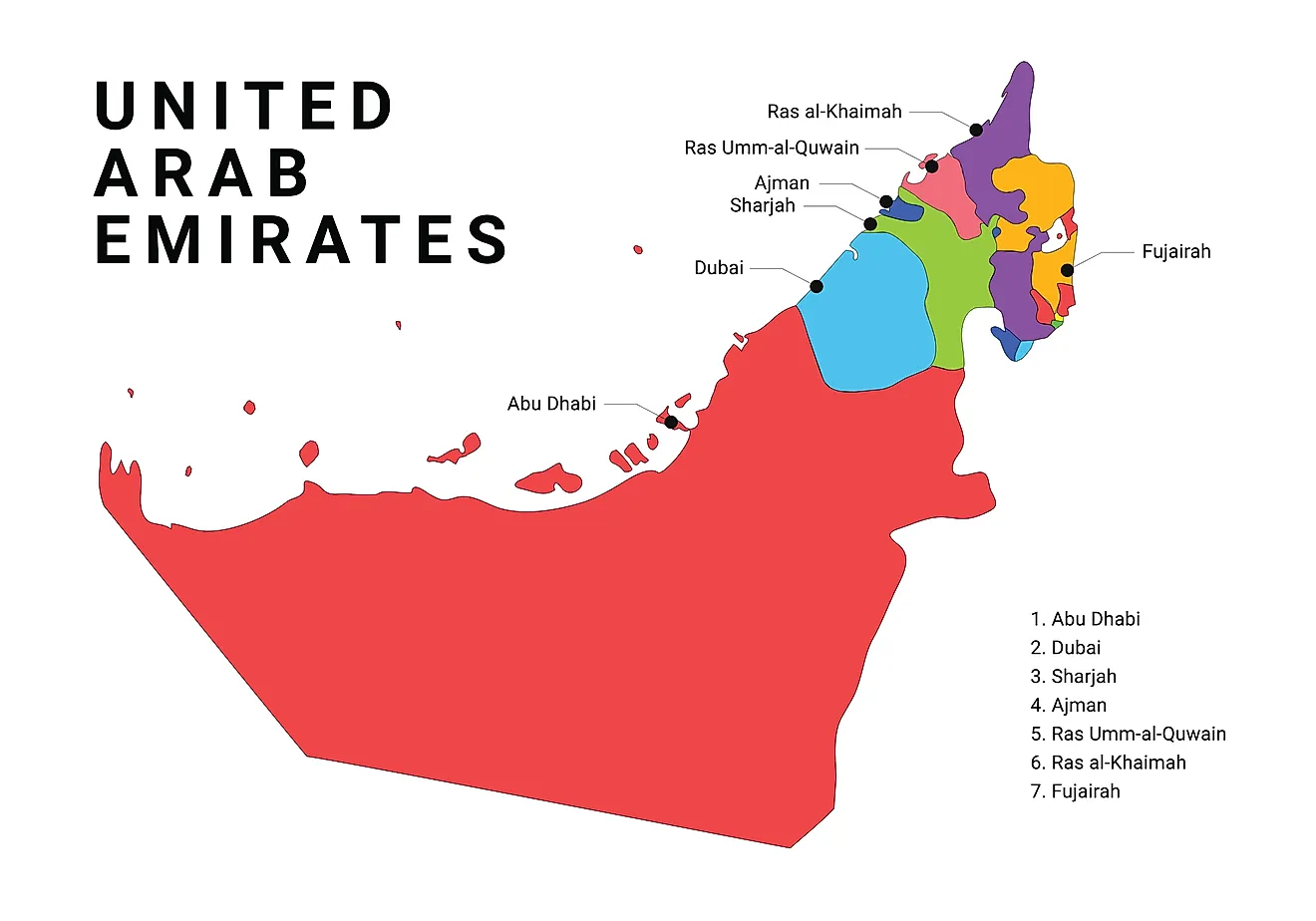
Cardinal Directions And Compass Rose
Cardinal directions are the main points of the compass and are considered to be the most commonly used form of direction. The term "cardinal" was derived from the Latin word Cardinalis which means "essential," "chief," or "principal."
North, south, east and west are the four main cardinal directions or cardinal points. They are commonly denoted by their initials where N stands for north, S for south, E for east and W for west. The directions East and West are positioned at right angles to the North and South directions.
The other directions observed on a compass are primary intercardinal directions, also called ordinal directions, and secondary intercardinal directions.
Primary intercardinal directions/ordinal directions are the directions placed equally between each of the four cardinal directions. These are northwest (NW), northeast (NE), southwest (SW) and southeast (SE).
Secondary intercardinal directions are the directions placed midway between each cardinal and primary intercardinal direction. These are north-northwest, north-northeast, south-southwest, south-southeast, west-northwest, east-northeast, west-southwest and east-southeast.
The Compass Rose

The compass rose is a very important symbol on a map, nautical chart or compass that displays the orientation of geographical objects to cardinal and intercardinal directions.
A compass rose with only the cardinal directions has four points. With both cardinal and ordinal directions, it will have eight points, and with all cardinal, ordinal and secondary intercardinal directions it will have 16 points.
The use of the compass rose can be traced back to early nautical times and it first appeared on maps and charts in the 1300s. The term "rose" refers to the compass points that resembled the petals of the rose flower. Initially, the compass rose was used to indicate the wind directions and therefore it was named as the wind rose.
On compass roses, cardinal directions were often marked along with the direction of the wind. These are: T – tramontana (North); L – levante (East); O – ostro (South); P – ponente (West); G – greco (NE); S – sirocco (SE); L – libeccio (SW); and M – maestro (NW). During the Renaissance, the north was marked by a spearhead above the letter T. This symbol later evolved into the Fleur de lys symbol and was first used on Portuguese maps. In 14th century maps, the L (Levante) or the east side of the compass rose was marked by a cross, symbolically representing the direction to where Jesus Christ was born.
Importance Of The Compass Rose

When a map is used along with a compass it becomes much easier to determine the accurate geographical location, the direction of movement and other navigational activities. A white compass rose with four cardinal points is also used as the symbol of the North Atlantic Treaty Organization (NATO).











